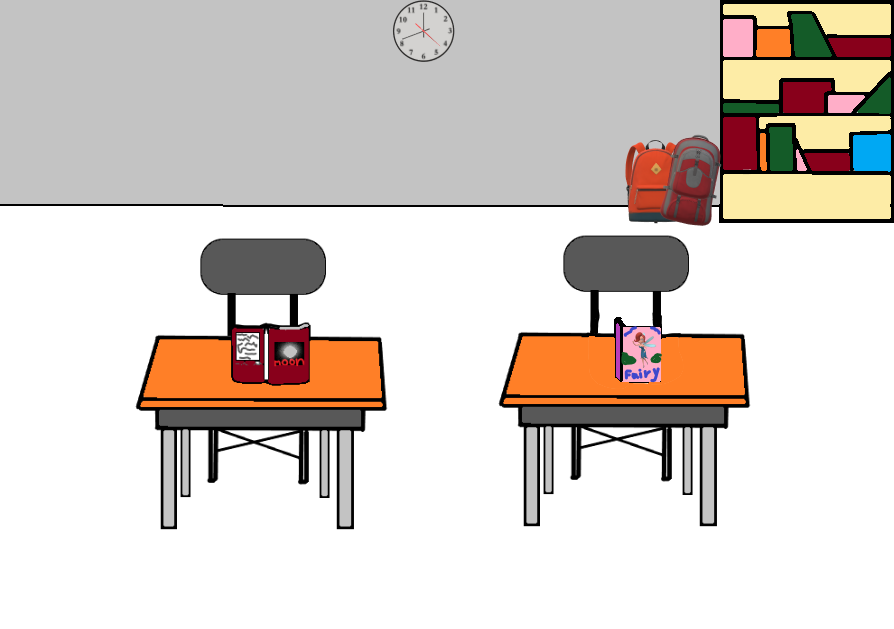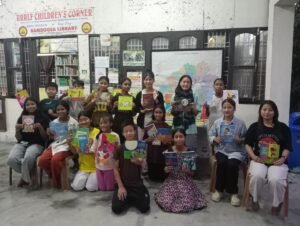What is your kid reading now? Maybe I should ask, what kind of book? A storybook? A newspaper article on pollution? A report on animals in a children’s magazine? Or a cartoon strip? My youngest is a voracious reader and is now reading the wings of fire series. She seems to like graphic novels and chapter books. They both tell a story, but it is a different reading experience because they are organized differently. She is passionate about animals and looks for ‘news reports’ on animals. We also get her kids’ magazines about animals. Again, the newspaper article and the children’s magazine both give information, but they present it differently. Why is this a big deal?
Well, today, I’m going to talk about something called text structure.
Say your child tells you about an incident at the park. Later, she wants you to buy her a toy. Isn’t there a difference in how she talks to you? In the first place, she retells, whereas she tries to convince you about the toy in the second. The purpose of communication is different. If your daughter is anything like mine, she lists several good reasons why she must have the toy and makes many promises, all to get that toy. What is she doing? She is very strategic in her use of words.
In the same way, authors present information in their writing in strategic ways to suit their purpose. If you pick up a book, you can tell whether the author wants to inform, discuss, persuade, entertain, or more. A story is written in a way that is distinct from a recipe. That’s because their purpose is different. The author writes the story to entertain the reader. There are particular elements to the story. The recipe, on the other hand, gives you step-by-step instructions. You have to collect the ingredients, prepare them, and follow the direction in the same order to prepare your dish.
The reader learns the purpose of the text by understanding how the information is organized. This organization of information is called text structure.
There are two broad kinds of text structure: narrative and expository. These have further subgroups, but if you know these two general divisions, there’s a lot you can do to support your child’s comprehension skills at home.
Narrative text is anything to do with a story. You can include fictional tales like fairy tales, mysteries, folk tales, mythology, novels, and nonfiction like biographies, autobiographies, and some news reports. The authors use creative language to spin stories and keep the reader entertained.
Expository text gives the reader facts. Your child’s textbooks, newspaper articles like the opinion piece that tries to persuade you, a recipe book that provides step-by-step instructions, travel brochures that carry photographs, weather charts, etc., are examples of expository writing.
Why do readers need to learn about text structures? Once children learn to read, they must make sense of what they read. Text structure improves comprehension and helps kids remember and recall information. I hate to say this, but isn’t that important for our exams?
How does text structure help reading comprehension and recall?
When children learn the details of the text structure, they learn to focus on the purpose of reading a particular text. For instance, when they read a story, children look for details like who is in the story, where the story is happening, and the problem. Supposing they get a Panchatantra tale from the library, they know that the characters will be animals, and a moral will be at the end of the story. So when they read, they are reading to identify the moral of the story. But if they read about a historical event, they will look for the sequence or order of events.
Children understand how different pieces of information are linked. Supposing they read about the rainforests, readers can compare and contrast the animals found in the Amazonian and Indian rainforests.
Text structure teaches children to identify the main idea and other essential details in the text and summarize them.
Are you wondering why you need to know this? Well, your children should indeed be learning all this in school. But if you know why they learn these strategies, you can guide them when they study or do their homework assignments.





